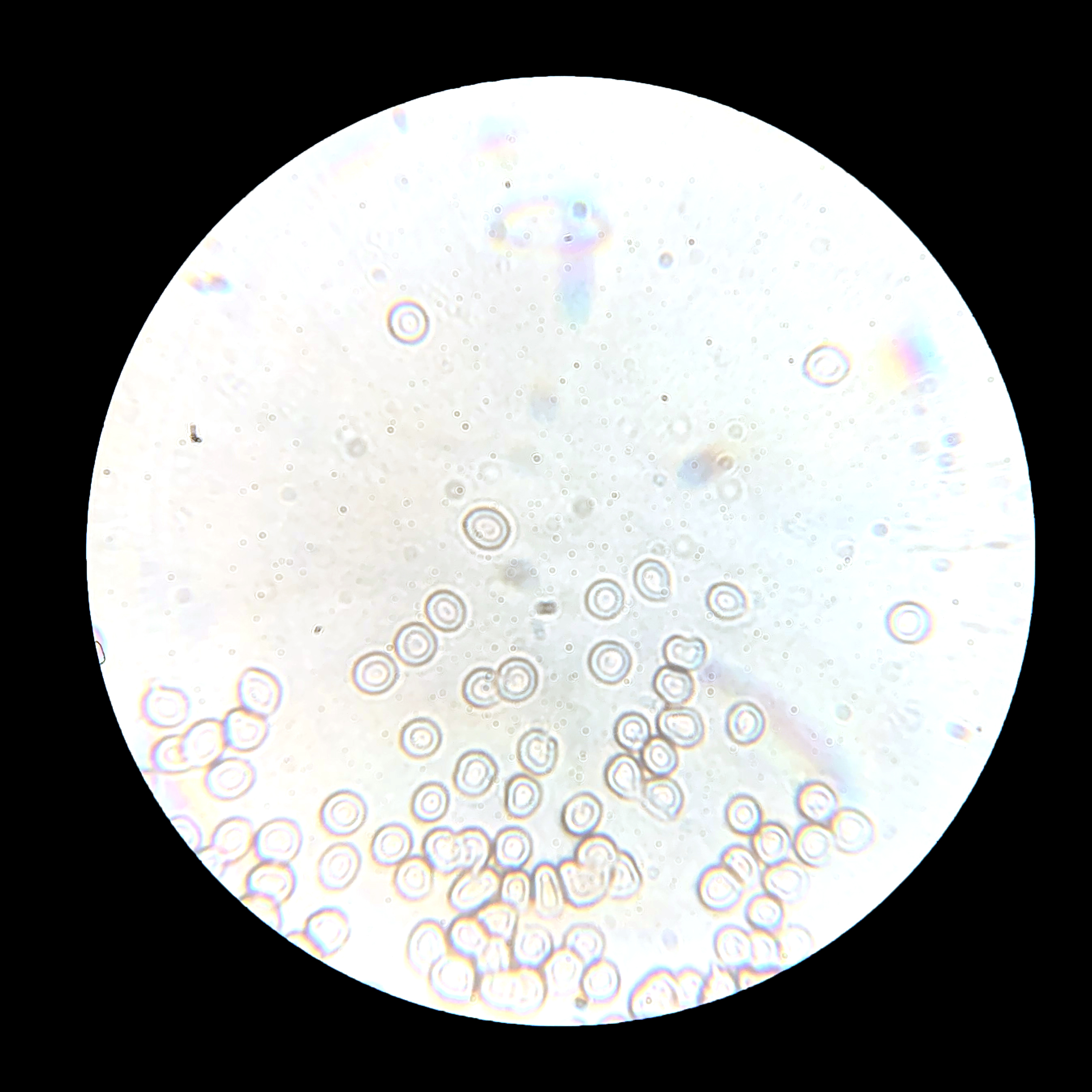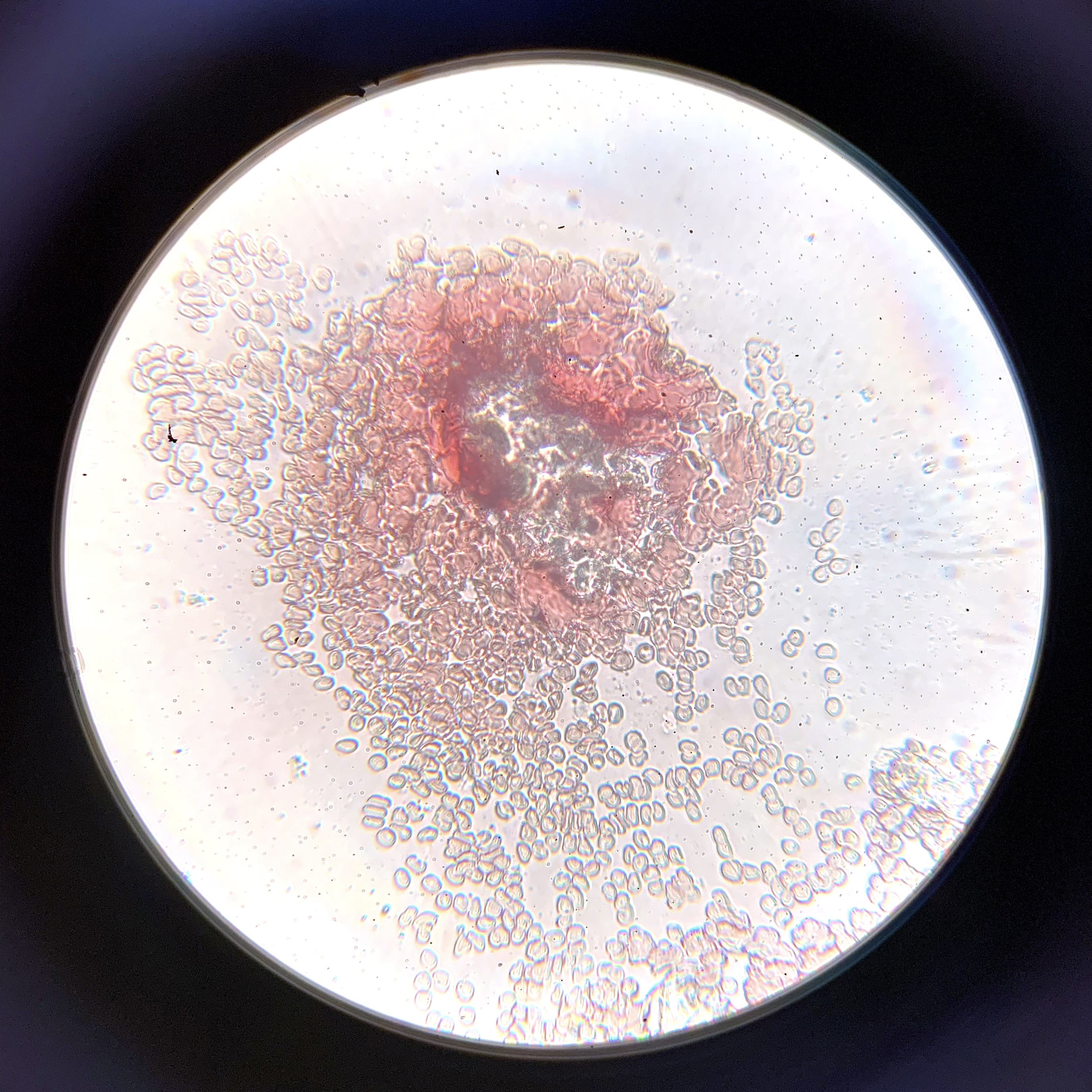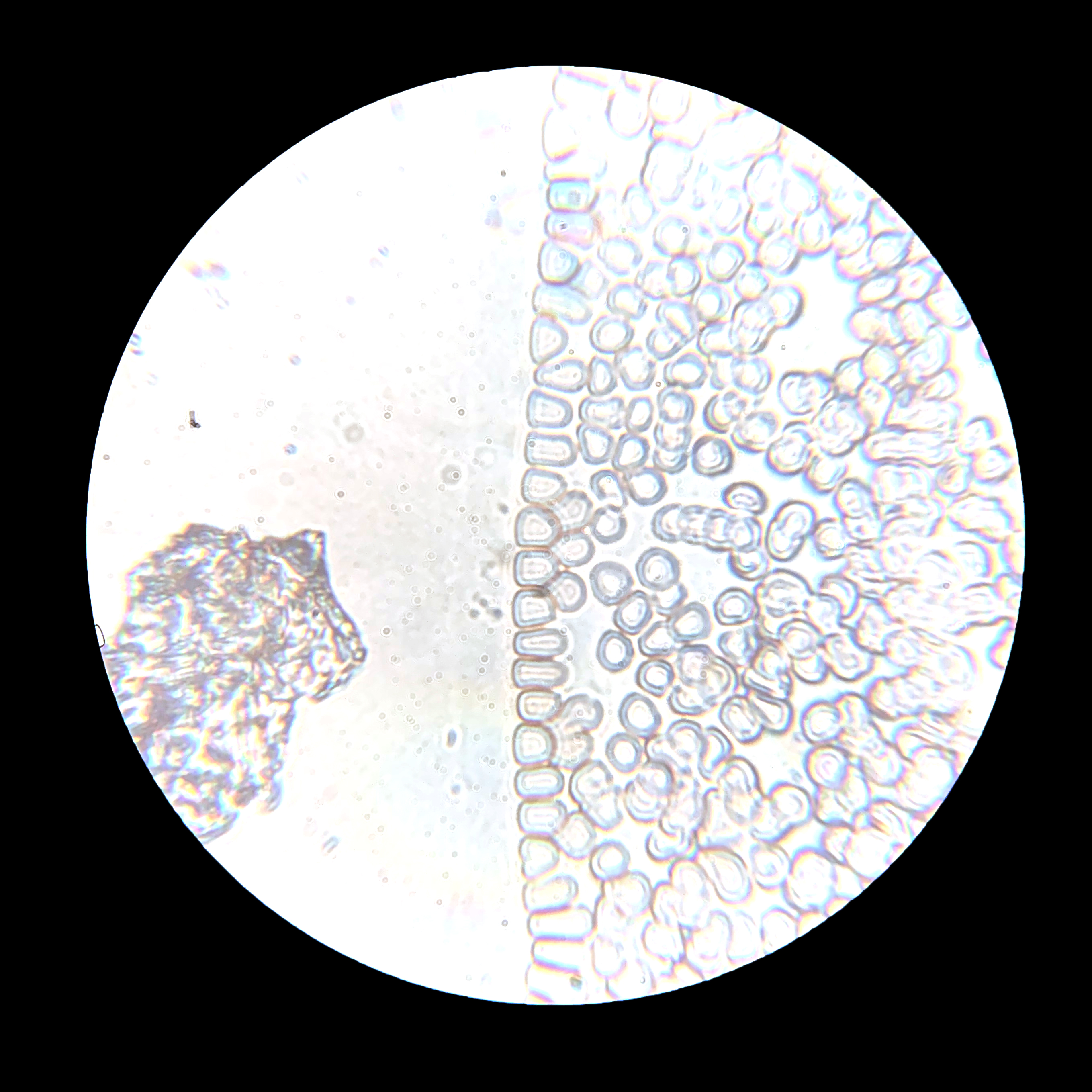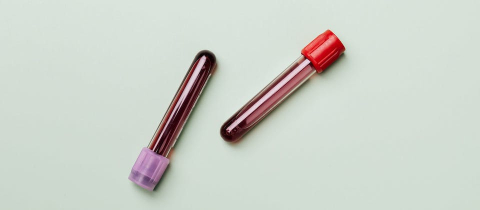
Human blood contains many different components, from white blood cells to platelets, but the most abundant component by far are red blood cells.
More properly known as erythrocytes, red blood cells make up 70% of an adult human’s cells by count. They serve an integral purpose: transporting oxygen from the lungs to all other parts of the body and returning carbon dioxide to the lungs to be exhaled. To accomplish this, they have a few unique features.
In mammals, while developing red blood cells contain a nucleus and other organelles, before they mature fully, they extrude, or push out, these organelles. Having no nucleus, red blood cells are unable to create proteins or divide, but can they can store hemoglobin, the iron-containing molecule that binds oxygen and carbon dioxide. Each red blood cell can hold approximately 270 million hemoglobin molecules, each of which can bind 4 oxygen molecules. In total, your red blood cells hold about 2.5 grams of iron.
Red blood cells are shaped kind of like donuts that didn’t quite get their hole formed. They’re biconcave discs, a shape that allows them to squeeze through small capillaries. This also provides a high surface area to volume ratio, allowing gases to diffuse effectively in and out of them.
An adult human body produces around 2.4 million red blood cells every second, mostly within the bone marrow. A red blood cell will stay in circulation for 100-120 days, making a full circuit of the body ever 60 seconds. They transport inhaled oxygen to cells and return carbon dioxide to the lungs to be exhaled.
After this period is up, the membrane of the red blood cell undergoes a change that allows it to be recognized by a type of white blood cell called a macrophage, which breaks it down. Many of the components, including iron, are recycled and used to make more red blood cells. The main non-recyclable component is broken down into bilirubin, which is excreted in urine and bile. Although, if too much bilirubin is produced, it’s yellow colour can cause discoloration of the skin, as seen in jaundice.
Carbon monoxide has a 250 times greater binding affinity for hemoglobin than oxygen, meaning that if any carbon monoxide is present, it will bind to hemoglobin instead of oxygen. This is why carbon monoxide is such a danger, it reduces our bodies ability to get oxygen to our cells. This is also why many smokers are short of breath, as the carbon monoxide they inhale while smoking is out-competing oxygen for hemoglobin’s binding sites. In heavy smokers, up to 20% of oxygen binding sites may be blocked with carbon monoxide.
Because it is colourless and odourless, often times carbon monoxide’s effects aren’t noticed until they become really severe. To avoid a scary situation, every home should be equipped with a carbon monoxide detector.









